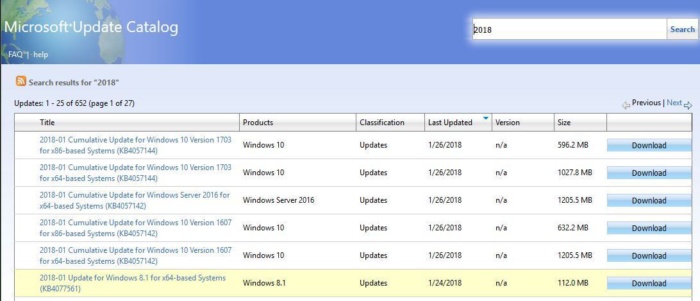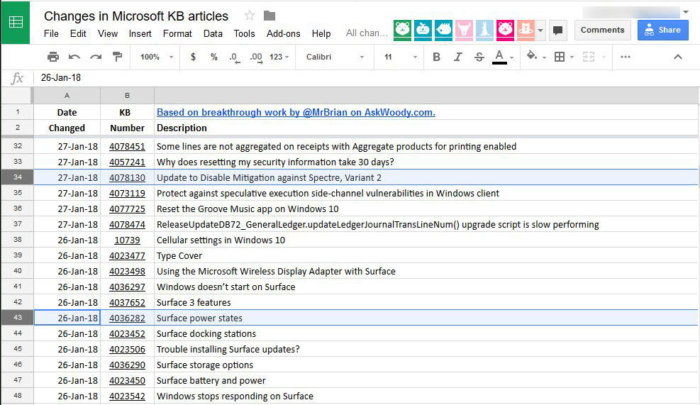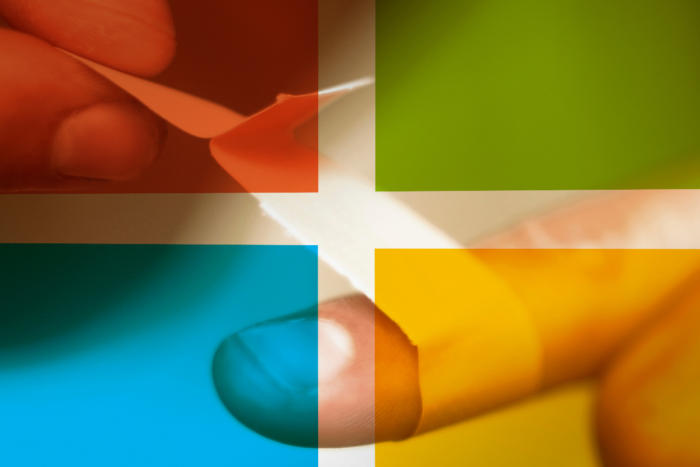If you’ve been playing the cat-and-mouse Microsoft patching game for a while, you know that Microsoft changes its Knowledge Base articles from time to
If you’ve been playing the cat-and-mouse Microsoft patching game for a while, you know that Microsoft changes its Knowledge Base articles from time to time, without warning and at times without documentation. Now there’s a resource for those who need to know who moved their cheese — and when.
Several times in the past month, the eagle-eyed crew at AskWoody, led by @MrBrian, have found out about new Windows patches before they were announced. They’ve also looked at the raw data showing which KB articles have been changed — even if Microsoft doesn’t document the changes. The secret? A new monitoring program called KBNew.
We’ve always had the ability to look at new patches, in the Windows Update Catalog. One of my favorite tricks is to just scan the Update Catalog for the string “2018,” clicking on the Last Updated column, and looking at which patches have been changed recently. For example, the KB 4057144 patches for Win10 1703 and 1607 were changed on Jan. 26 (screenshot).
 Woody Leonhard/IDG
Woody Leonhard/IDGSometimes that’s important information, it lets you know what’s being changed with or without an official announcement. Other times — as is the case here — the changes were to so-called metadata that influences how the patch installer works.
That’s a useful tool, particularly because Microsoft hasn’t bothered to update its official Windows Update log at KB 894199 — a log that’s been maintained, more or less, since 2005. Sic transit gloria.
But released patches are only part of the story. The other half of patching officialdom comes in the form of new and changed Knowledge Base articles. That’s where KBNew comes in.
Building on pioneering work from @MrBrian on AskWoody.com, I’ve come up with a spreadsheet that lists all of the latest changes in Microsoft KB articles. You can see part of it in the screenshot.
 Woody Leonhard/IDG
Woody Leonhard/IDGSo far this month there have been 1,418 changes in KB articles. Most of them won’t interest you, but some of them likely will. For example, if you have a Surface tablet, you may wonder what Microsoft changed in its discussion of Surface power states. @MrBrian discovered the discussion of KB 4078130, the weird patch that disables Spectre 2, by looking at this list — long before the patch was released.
KBNew draws its information from several sitemap XML files maintained by Microsoft. For example, https://support.microsoft.com/sitemap_en-us_help_80 lists a large number of changes made. Each entry in the file contains both a URL pointing to the KB article, and a “lastmod” date — presumably the date the KB article was updated in the Knowledge Base. You can read more on the KBNew tab marked “Description and caveats.”
Most KB articles have a slug at the end that says “Last Updated:” followed by a date. In many cases, the “lastmod” posting date reported in KBNew matches the text in the KB article. But in some cases, it doesn’t. Those are particularly interesting.
Of course, KB articles change for all sorts of reasons — correcting typos, restructuring, and nitpicking things. But sometimes we’ve seen them change in significant ways, without an official announcement.
KBNew should help us keep track of what’s really going on.
I’ll be running KBNew manually and updating the page every few days. You can play with the file online in Google Sheets, or download it and use your favorite spreadsheet program.
Questions? Problems? Let us know what you find. Hit me on the AskWoody Lounge.

COMMENTS